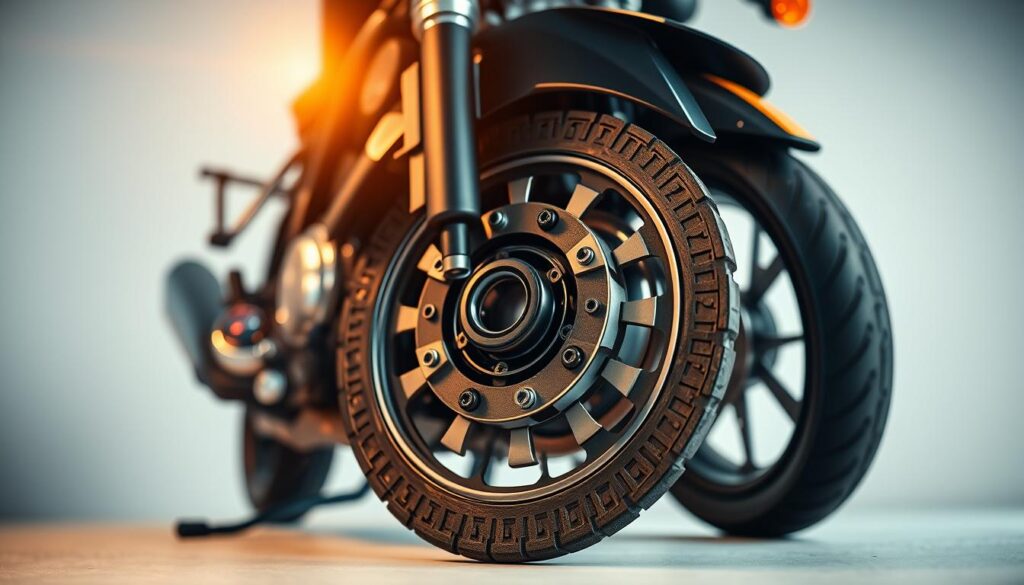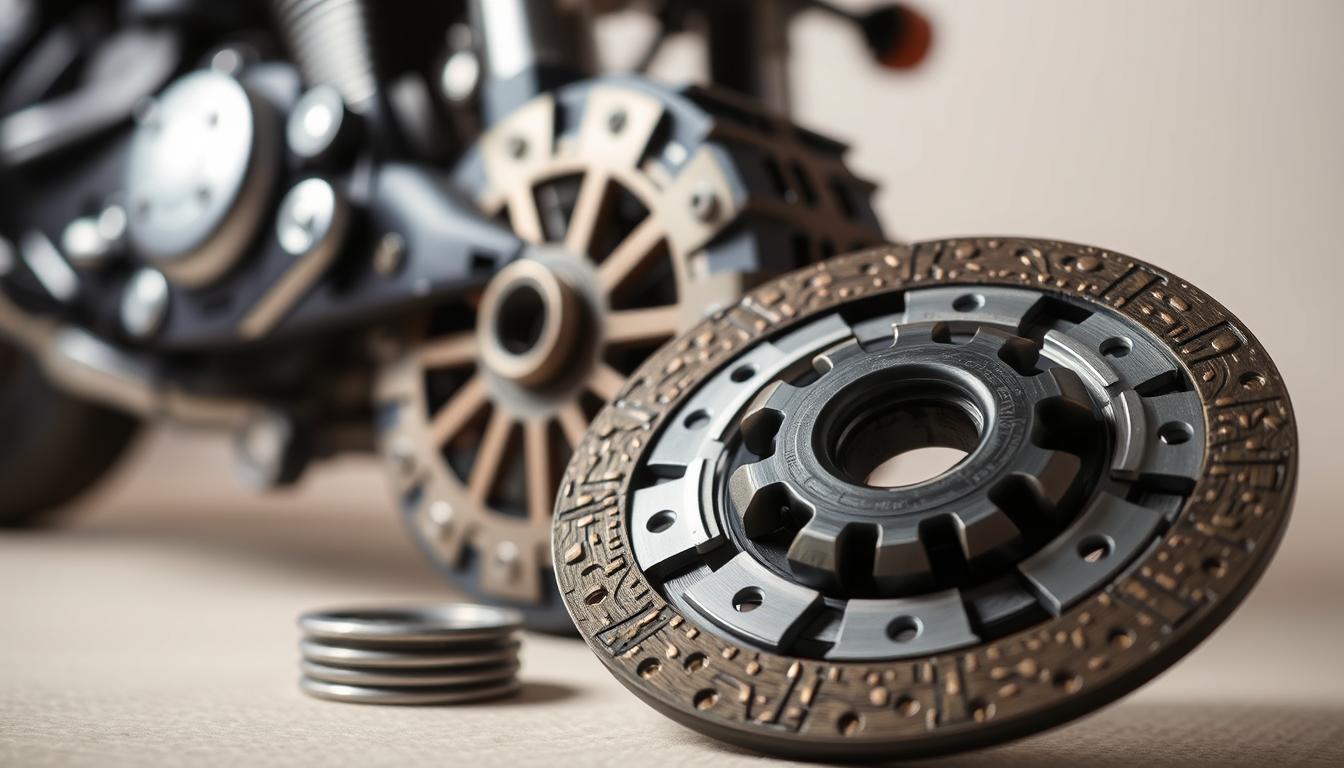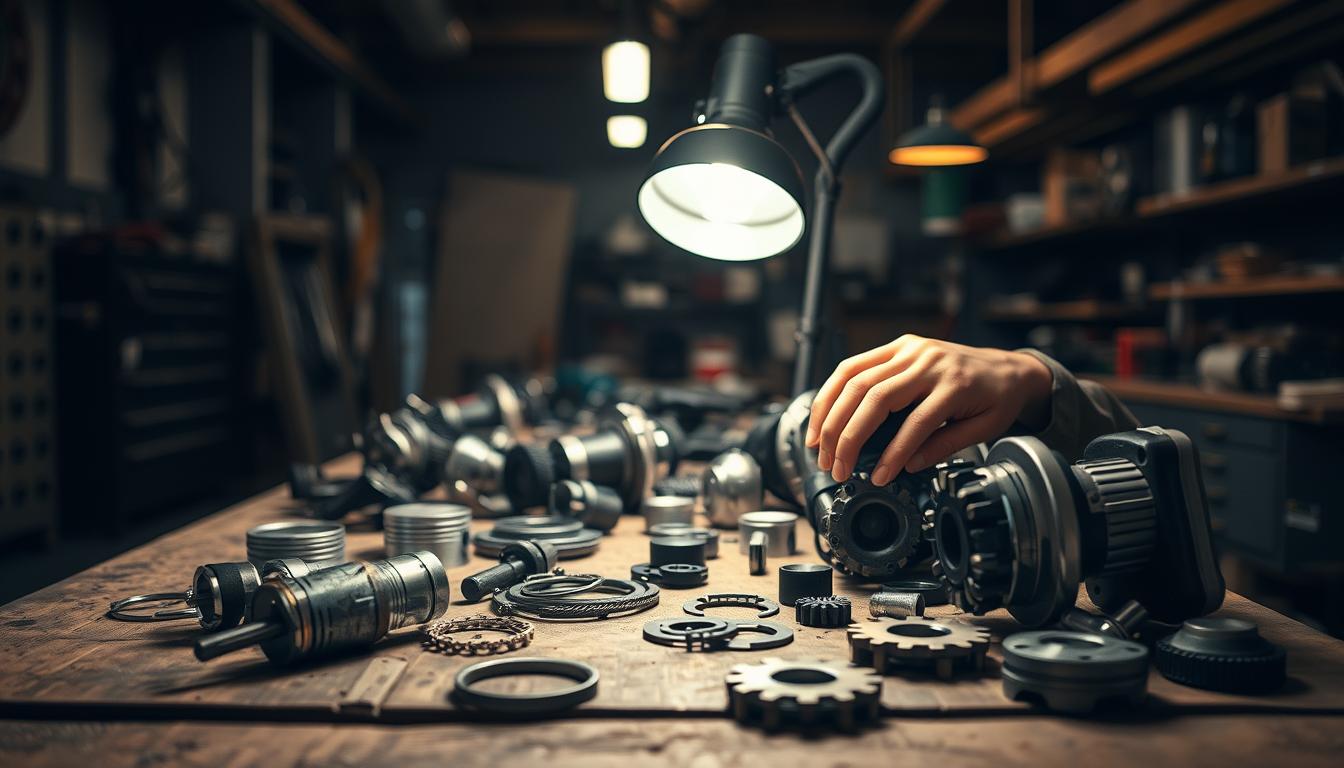Are you wondering how to ensure you’re getting the best deal when buying a clutch kit for your bike? Whether you’re a beginner or a seasoned rider, having a comprehensive checklist is crucial to avoid costly mistakes. This guide will walk you through everything you need to know before making your purchase.
When inspecting a clutch, focus on wear in critical parts like the basket fingers or fibre plates. For example, the Yamaha WR450F listing highlights specific wear points and recommends filing down certain areas for better performance. Real customer reviews also emphasise the importance of checking these details.
Additionally, this article covers payment methods and shipping considerations to ensure a smooth buying process. By the end, you’ll have all the tools to make an informed decision, whether you’re upgrading your bike or replacing a worn-out part.
Key Takeaways
- Always inspect wear points like basket fingers and fibre plates.
- Check customer reviews for insights on product quality.
- Understand payment and shipping terms before purchasing.
- Use specific product listings, like the Yamaha WR450F, as a reference.
- Ensure the clutch engages smoothly for optimal performance.
Understanding the Basics of Motorcycle Clutch Assemblies
Understanding how your bike’s clutch system works can save you time and money. The clutch assembly is a critical part of your bike, responsible for transferring power from the engine to the wheels. Without it, smooth gear changes and efficient rides would be impossible.
Core Components and Their Functions
The clutch assembly consists of several key parts. The plates, both fibre and steel, are essential for transferring power. The basket holds these plates in place, while the lever mechanism allows you to engage or disengage the clutch. Each part plays a vital role in ensuring smooth operation.
For example, the Yamaha WR250F uses a combination of fibre and steel plates to handle high torque. This setup ensures durability and performance, even under stress. Regular maintenance, like checking for wear on the plates, can extend the life of your clutch kit.
The Role of Clutch Plates and Kits in Performance
Clutch plates are the heart of the system. They grip and release to transfer power, allowing for smooth gear changes. Worn plates can lead to slippage, reducing performance and potentially damaging other parts. A complete clutch kit ensures all components work seamlessly together.
Using a high-quality kit, like those from Yamaha, can enhance your bike’s reliability. These kits often include upgraded plates and springs, designed for better performance. Proper lubrication and timely replacements are also crucial for maintaining your clutch’s efficiency.
“A well-maintained clutch ensures smoother rides and fewer breakdowns.”
In summary, understanding the basics of your bike’s clutch assembly helps you make informed decisions. Whether you’re replacing a single part or opting for a complete kit, quality and maintenance are key to optimal performance.
Key Considerations for Used Motorcycle Clutch Assemblies
When buying a second-hand clutch, knowing what to look for can save you from future headaches. A thorough inspection ensures you get a product that performs well and lasts longer. Here’s what you need to focus on.

Identifying Signs of Wear and Compatibility Issues
Start by checking for visible marks or degraded components. Look closely at the plate surfaces and the basket fingers. These areas often show the first signs of wear. For example, the Yamaha WR450F description highlights that filing down basket fingers can restore functionality.
Compatibility is another critical factor. Ensure the kit matches your bike’s make and model. Mismatched parts can lead to poor performance or even damage. Always verify the lever mechanism and other components fit seamlessly.
Minor imperfections, like slight wear on the basket, can often be fixed without compromising performance. However, severe damage may require replacing the entire part. Knowing the difference can save you money and effort.
“A well-maintained clutch ensures smoother rides and fewer breakdowns.”
Here’s a quick guide to help you evaluate the condition of a used clutch:
| Component | Check For | Action |
|---|---|---|
| Plates | Wear, cracks, or warping | Replace if damaged |
| Basket Fingers | Grooves or uneven surfaces | File down or replace |
| Lever Mechanism | Smooth operation | Lubricate or repair |
| Complete Kit | Compatibility with bike model | Verify before purchase |
By following these steps, you can confidently assess the condition of a used clutch. This ensures you get a reliable kit that meets your needs.
Evaluating Product Options and Performance
Choosing the right clutch kit for your bike involves more than just price comparison. To ensure you’re getting a reliable product, you need to evaluate customer feedback, performance metrics, and shipping options. Here’s how to make an informed decision.
Customer Reviews and Trusted Sources
Start by researching customer reviews from trusted sources. Genuine feedback can provide insights into the quality and durability of a kit. For example, Google Trusted Stores highlight high satisfaction with service speed and product reliability.
Look for comments on the plate quality, lever mechanism, and overall performance. Reviews often mention specific issues like slippage or wear, helping you avoid potential problems.
Performance Metrics and Durability Factors
Performance metrics are crucial when comparing clutch options. Look for details on durability, lifespan, and material quality. For instance, the Yamaha WR250F listing emphasizes the use of high-quality fibre and steel plates for enhanced performance.
Check if the kit includes upgraded components like springs or basket parts. These additions can significantly improve your bike’s efficiency and longevity.
Payment Methods and Shipping Considerations
Before finalising your purchase, review the available payment options. Most sellers accept credit cards, PayPal, and bank deposits. Each method has its pros and cons, so choose one that suits your convenience.
Shipping is another key factor. Many suppliers offer combined freight discounts for multiple purchases and fast delivery to regional areas. This can save you time and money, especially if you’re buying a complete kit.
“Fast shipping and reliable payment options make the buying process hassle-free.”
For more insights on upgrading your bike’s components, check out this guide on aftermarket exhaust systems.
Buying Checklist and Tips for Your Purchase
Before finalising your purchase, it’s essential to have a clear checklist to ensure you’re getting the best value. This section provides practical tips to help you inspect, negotiate, and secure a reliable clutch kit for your bike. Follow these steps to make an informed decision.
Essential Inspection Points for Your Bike
Start by examining the plate surfaces for wear or cracks. These components are critical for smooth operation. Check the lever mechanism to ensure it engages without resistance. A faulty lever can lead to poor performance.
Inspect the basket for grooves or uneven surfaces. These issues can often be fixed, but severe damage may require a replacement. Look for signs of oil leaks, which can indicate underlying problems.

| Component | Check For | Action |
|---|---|---|
| Plates | Wear, cracks, or warping | Replace if damaged |
| Lever Mechanism | Smooth operation | Lubricate or repair |
| Basket | Grooves or uneven surfaces | File down or replace |
| Complete Kit | Compatibility with bike model | Verify before purchase |
Negotiating Price and Ensuring Quality
When negotiating, benchmark the price against similar products. Use customer reviews and market standards to justify your offer. Ask about payment terms and shipping options to avoid surprises.
Ensure the kit includes all necessary components. A complete kit saves time and ensures compatibility. Verify the condition of individual parts, especially the plate kit, to avoid hidden costs.
“A thorough inspection and smart negotiation can save you money and ensure quality.”
Finally, check the seller’s reputation and return policy. A trusted seller reduces the risk of purchasing a faulty part. By following these tips, you can confidently secure a reliable clutch for your bike.
Conclusion
Making the right choice for your bike’s clutch kit ensures smooth rides and long-lasting performance. Throughout this guide, we’ve highlighted the importance of inspecting key components like the plate, lever, and basket to avoid costly mistakes. A thorough checklist is your best tool for evaluating quality and compatibility.
Trusted sources and customer reviews provide valuable insights into the reliability of a kit. Whether you’re opting for a complete set or individual parts, informed decisions lead to better results. Always verify the condition of components and ensure they match your bike’s specifications.
For more details on maintaining your bike’s transmission, check out this guide on clutch plates. By following these steps, you can confidently negotiate, inspect, and secure a high-quality part that meets your needs.
Remember, a well-informed approach guarantees a satisfying purchase and optimal performance for your bike.




